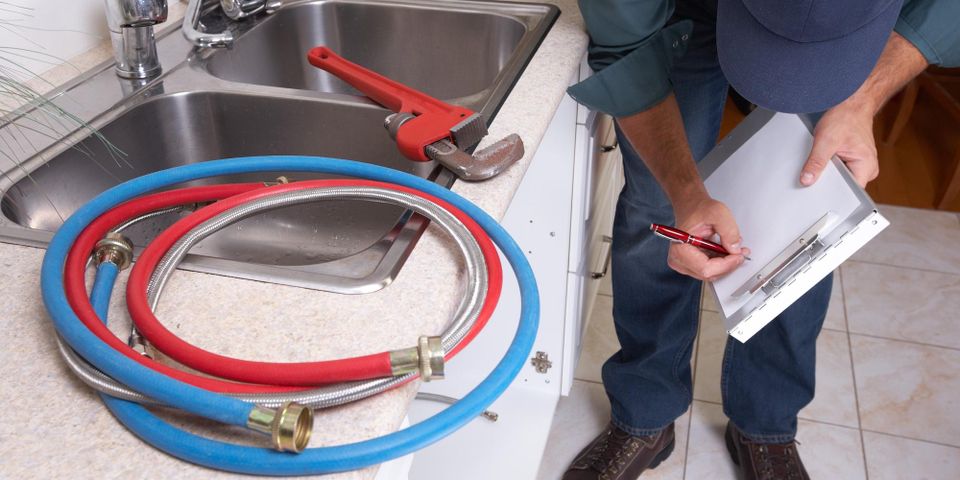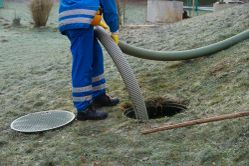What You Should Know About Failing or Overloaded Septic Tanks

A septic tank that is overflowing or failing is one of the worst problems to encounter with your system. Being able to quickly identify the problem and address it can save your property from severe damage. Here’s what you need to know about failing septic tanks.
Signs of an Overloaded Tank
One of the first signs of a failing septic tank is when the grass in the drain field appears unusually green or spongy. Water pooling in this area is also a common indicator that the tank is overloaded. Such warning signs should be investigated right away. If you wait too long, you’ll have a foul sewage odor around the home — and you might even have sewage back up inside the house.
What Happens When Your Septic Tank Fails?
 The septic tank will usually fail because it hasn’t been pumped and is overflowing from waste buildup. This causes wastewater to leak into the drain field, rather than getting filtered out inside the tank. Driving or building over a septic tank can also lead to structural damage that results in similar issues. Such failures pose a major health hazard, as wastewater could impact nearby water sources and contaminate your drinking supply.
The septic tank will usually fail because it hasn’t been pumped and is overflowing from waste buildup. This causes wastewater to leak into the drain field, rather than getting filtered out inside the tank. Driving or building over a septic tank can also lead to structural damage that results in similar issues. Such failures pose a major health hazard, as wastewater could impact nearby water sources and contaminate your drinking supply.
Addressing the Problem
The best way to prevent septic tank failures is to follow the recommended pumping and maintenance guidelines. Most tanks should be pumped every three years, though some households need more frequent pumping. For example, if your house has a kitchen garbage disposal, the septic tank should likely be pumped yearly. When an overloaded tank occurs, you’ll need a septic professional for repairs or a system replacement.
Whether you need septic pumping or repairs, Pedersen & Co Pumping, Inc. in Kalispell, MT, can take care of your needs. Serving the Flathead Valley area since 1959, their team provides efficient, reliable work for homeowners and businesses alike. To learn more about their septic services, visit them online or call (406) 752-4321.
About the Business
Have a question? Ask the experts!
Send your question

